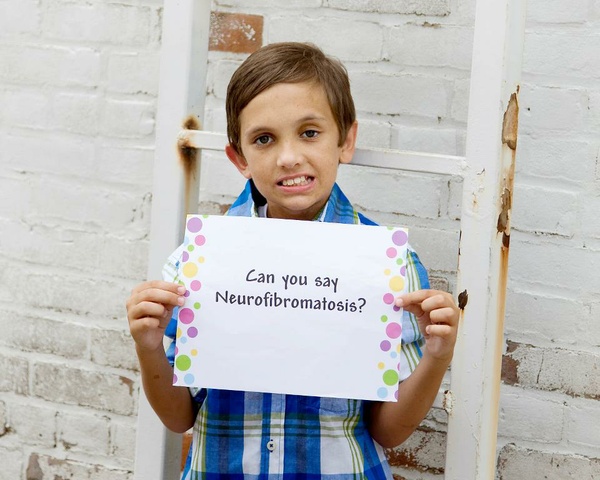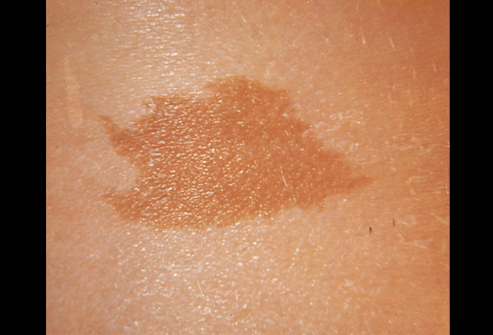Speech Delays in Children: Could it Be Neurofibromatosis?
If you’ve spent any amount of time researching disorders and speech delays in children, you probably already know how easy it is to acquire a slight case of hypochondria. And if you’re a parent, you may know just how easy it is to become a hypochondriac by proxy. You want the best for your child, so you do some in-depth investigating on WebMD or the Mayo Clinic’s website into every sniffle and sneeze. But sometimes a seemingly innocuous issue like a communication problem really can be a sign of a more serious medical condition. Speech delays in children should be evaluated by a licensed speech-language pathologist (SLP). If your child has speech and language problems, and also has other symptoms like multiple birthmarks and skeletal abnormalities, he may also need to be evaluated for neurofibromatosis.
What Is It?
Neurofibromatosis (NF) is a genetic disorder. Also called von Recklinghausen disease, it can affect many different organs in the body, as well as the nervous system. Symptoms may be present at birth, or they may appear upon the onset of puberty. The defining characteristic of NF is the growth of tumors, which may appear anywhere in the body. There are several different types of neurofibromatosis. Neurofibromatosis 1 (NF 1) may be inherited or it may occur as a result of a gene mutation. It is the most common type of NF. NF 2 occurs much less frequently, and it typically results from a gene mutation. NF 2 is also sometimes called bilateral acoustic neurofibromatosis. Schwannomatosis is the third type of NF. It is typically an inherited genetic disorder, however it is not well understood. Most people with schwannomatosis are not diagnosed until after the age of 30.
What Are the Symptoms?
The symptoms will vary, depending on the type of neurofibromatosis that the child has. NF 1 typically causes tumors in the brain and nervous system, which can cause neurological complications that result in learning disabilities and speech delays in children. Children with NF 1 may also have dark growths in the eye, rubbery lesions on the skin, and multiple freckles in the groin and armpit areas. Nearly all children with NF 1 also have multiple birthmarks called café-au-lait spots.
Children with NF 2 may also experience speech delays due to hearing loss that results from tumors growing on or near the auditory nerves. They may also experience facial weakness and cloudiness of the eye. Those with schwannomatosis typically have tumors on the nerves, which may grow throughout the body. These patients often experience severe pain, vision changes, and facial weakness. Facial weakness from NF 2 and schwannomatosis may result in poor manipulation of the oral motor muscles.
Speech Therapy for Neurofibromatosis
Children with neurofibromatosis tend to experience more severe deviations in speech and language than adults with NF do. As well, males tend to struggle more than females. Often, a patient with NF will experience difficulty with articulation, pitch regulation, voice quality, and fluency. If your child is diagnosed with NF, a speech-language pathologist can help him work to improve his speech and language and address speech delays. For example, the SLP might use an electronic device that measures the child’s pitch and provides visual feedback so that the child can practice correcting the pitch. Speech therapy tools for articulation can also be helpful. Your child can benefit from using Speech Buddies, which provide tactile feedback for specific sounds.





